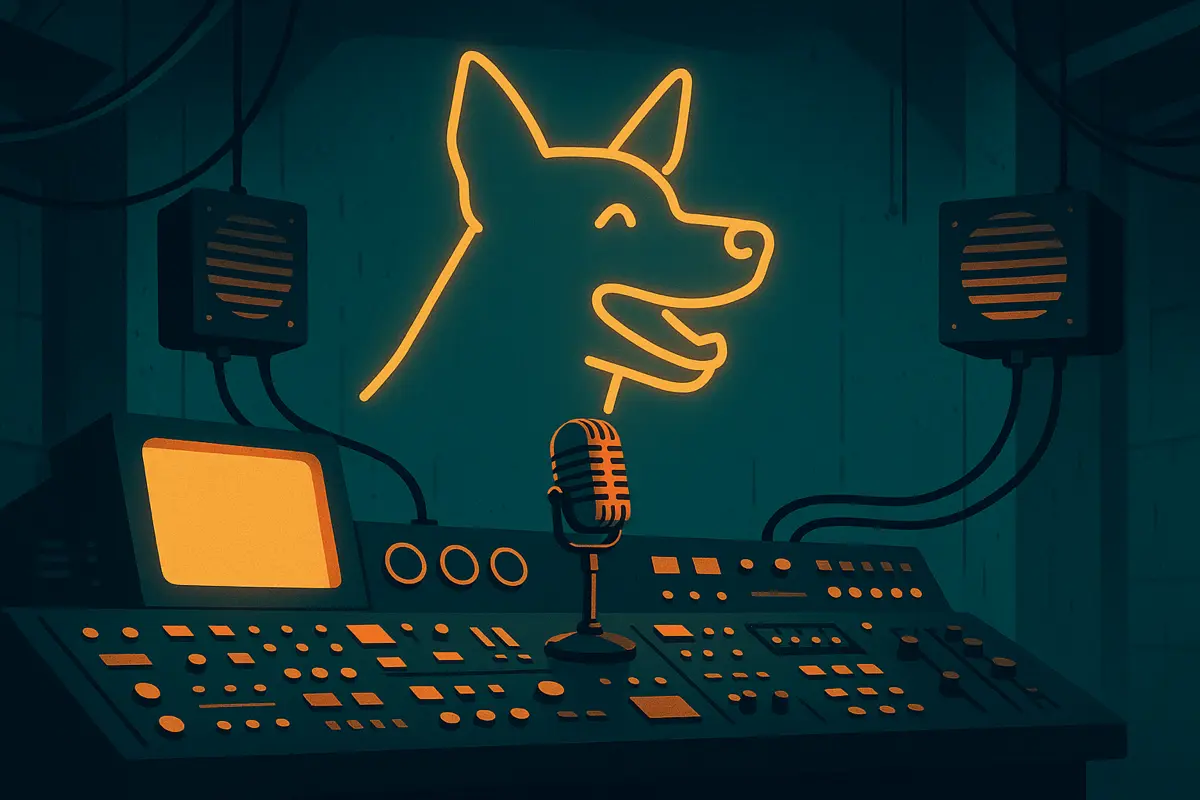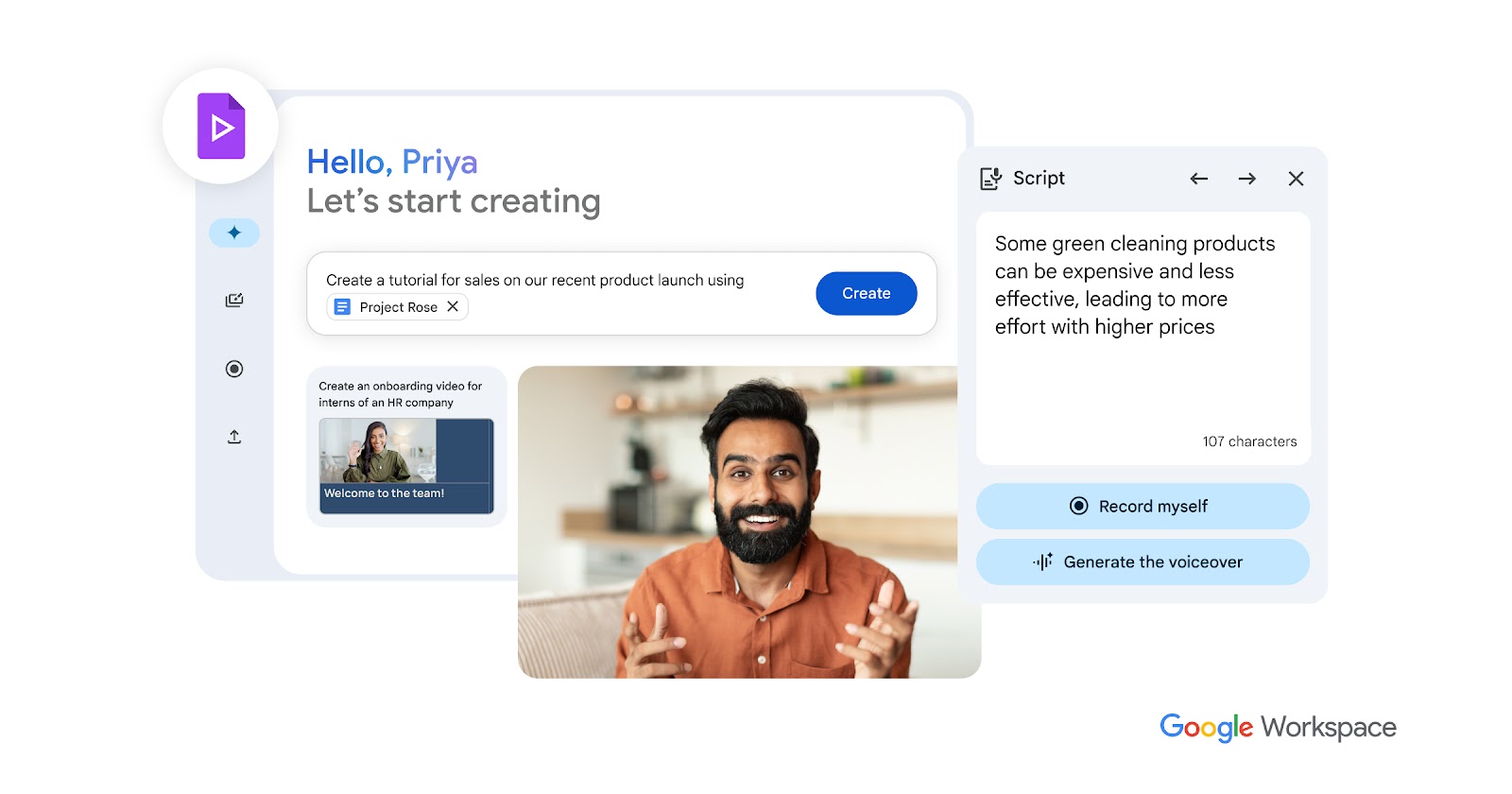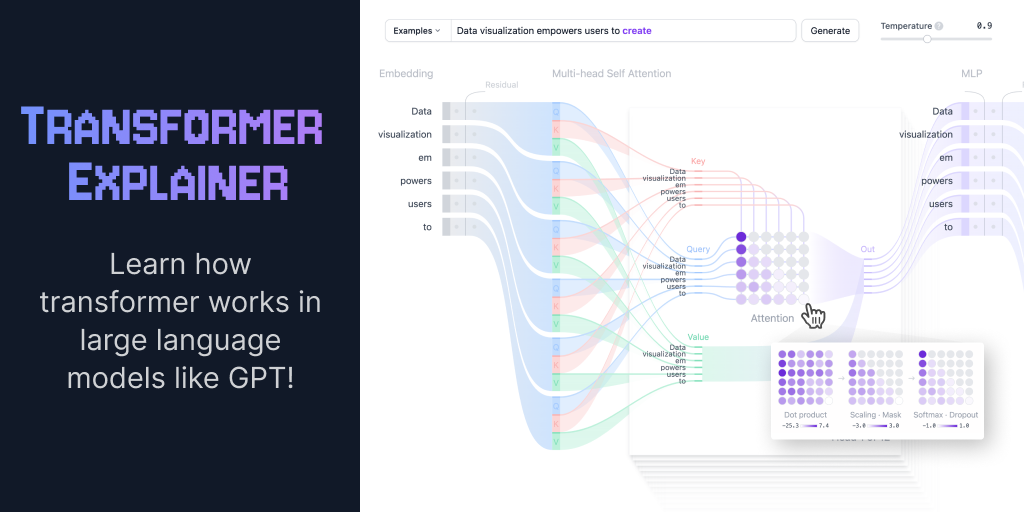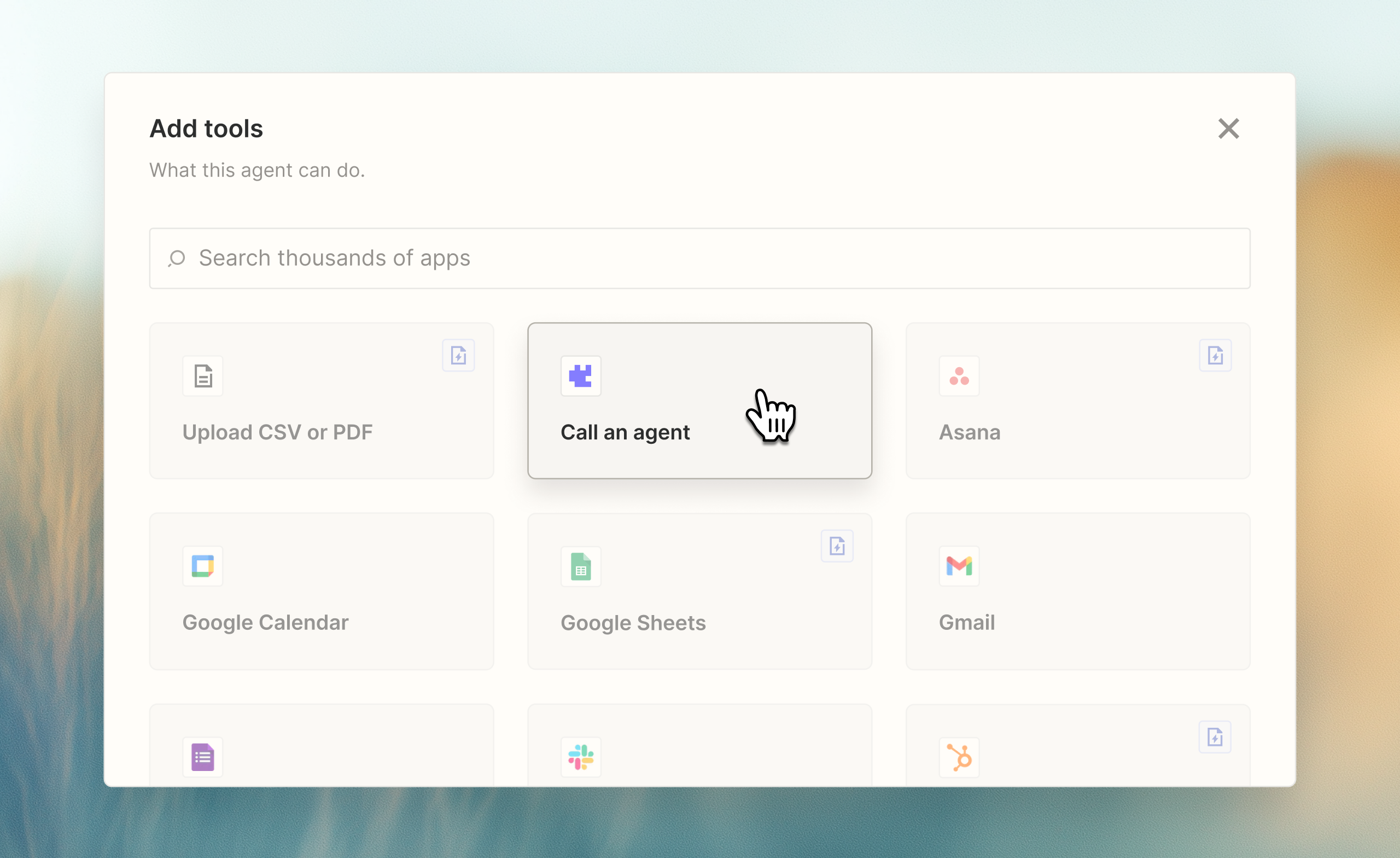Voicing the dog

”We become what we pretend to be, so we must be careful about what we pretend to be.” Kurt Vonnegut
Previously at the Volcano Base, I was dealing with bugged-out SaaS. Since then I’ve been running AI workshops, integrating Xero into an automated business system (fun!), and getting the kids back to school. September’s here again, as David Sylvian sighed, probably in response to resuming the daily school run.
Mission Briefing
Voicing the dog
Somewhere between walking the dog and wondering why you bought another chew toy, a strange behaviour emerges. You start giving the dog a voice.
Not the dog’s actual bark, of course, but the voice you imagine lives behind the bark. Maybe your labrador sounds like a bored accountant. Maybe your spaniel whinges like a child who has just discovered the injustice of bedtime. Either way, you are performing a kind of low-stakes ventriloquism.
It looks silly, but it is serious business: you have built an interface.
The interface problem
Every complicated system, whether it's a nervous labra-doodle or a cloud platform that charges you extra if you look at the wrong button, needs a translation layer. Dogs have barks, head tilts and, if you’re lucky, comical farts. Databases have JSON and http requests. Neither is particularly user-friendly.
So we invent a voice. It smooths the chaos into something legible, even funny. “The dog says he is disappointed in your life choices.” “The database says it will allow you to log in today.” The projection feels true enough.
Anthropomorphism as coping mechanism
Why do we do it? Because alien intelligences are unnerving. Dogs are inscrutable. Systems are opaque. Artificial intelligence is both, but with better PR.
So we project. We give them human voices, not because it reflects their world, but because it keeps us sane in ours. And every time we anthropomorphise the inscrutable, we reveal more about ourselves than about the thing we are interpreting.
The ventriloquist’s trick
There is a subtle danger here. To “voice the dog” is not just to interpret, but to author. You decide what gets said. The dog never asked to be sarcastic. The system never claimed it was helpful. The voice is always someone’s choice.
That’s worth remembering when we interact with AI assistants, dashboards, or government websites that insist on calling us “valued users.” Who is really talking? The system? The engineers? Or the marketing department slipping its hand up the puppet’s back?
Classified Intel
Some interesting stuff I discovered on my adventures.

Google Workspace has introduced “Vids,” a tool that combines slides, narration and video into one package. It looks well-suited for onboarding new staff, building internal training, or even smoothing out customer support explainers.
Why care: Because most of us do not want to learn Adobe Premiere just to show someone how to reset a password, and this could make sharing knowledge less painful and more interesting.
Transformers explained with doodles and intuition

This interactive explainer breaks down how transformer models (the kind that power GPTs) actually work, with animations and visuals that make sense of the mathematical black box.
Why care: If you have ever wanted to understand AI without giving yourself a concussion, this is the friendliest introduction you will find.
Zapier bots can now boss around other bots

Zapier’s latest update shows how its automation agents can work together, passing tasks between each other like caffeinated interns who never sleep.
Why care: Because this is a glimpse into how everyday users will build multi-agent systems without a PhD. A hint of the near future where your workflows start managing themselves.
Your data is not shared. Unsubscribe with 1 click.











Member discussion